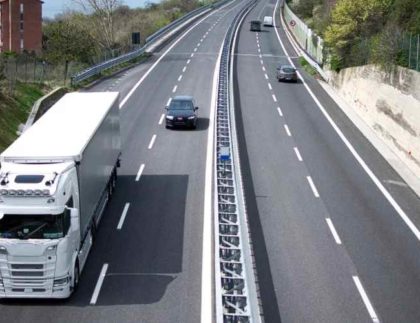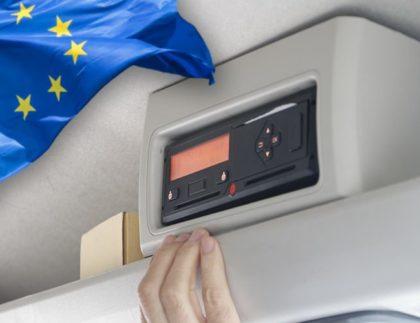

Despite difficulties, related to the current international trade slowdown and energy crisis, among other factors, the TFL sector remains a pillar supporting the EU economy. There is no shortage of challenges and one of the aspects deserving attention are toll charges.
We are currently observing a tendency for increases in charges in many EU countries, which poses a series of new challenges for the carriers. In this context, we will take a look at how the new toll charges in the Czech Republic will look like.
Detailed overview of the new toll system
Soon, as early as on 1 March 2024, toll charges will change significantly in the Czech Republic. Under the regulations that have been applicable for years, drivers of vehicles with a weight of up to 3,5 tons are required to use vignettes, which allow legal travel on paid sections of motorways and expressways. What are the changes that will soon enter into force?
The new toll charge system includes a previously unavailable category – 1-day vignettes. According to the decision of the Czech Ministry of Transport, the price of such a vignette will be CZK 200. In the context of the already applicable vignettes, the toll charge structure in the Czech Republic will look as follows:
- 10-day vignette: CZK 270;
- 30-day vignette: CZK 430;
- annual vignette – CZK 2,300.
It should be noted that toll charges in the Czech Republic will increase for the annual vignette (its price in 2023 was CZK 1,500) whereas the prices of monthly and 10-day vignettes will be reduced – by CZK 40 and CZK 10, respectively.
Electric vehicle drivers will also have reasons to be happy, as their vehicles will be entirely exempted from tolls. Hybrid car owners will pay several times less: CZK 50 for 1 day, CZK 60 – 10 days, CZK 100 – 30 days and CZK 570 for the annual vignette. It is an element of the increasingly popular trend in Europe of encouraging drivers to use more “green” cars.
How will toll charges change for trucks?
The new regulations will implement the objectives of the EU Directive 2022/362 and will also enter into force on 1 March. According to their contents, the CO2 emission levels of all vehicles registered in the Electronic Toll System will be taken into consideration. The new toll system will differentiate between five CO2 emission classes – the first class will cover cars with the highest emission, which of course will result in higher tolls; whereas the fifth class will cover zero emission cars.
Carriers who want to have their vehicles classified for toll purposes to the emission class higher than CO2 1 must submit documents that will confirm meeting the necessary conditions. This needs to be done using the Electronic Toll System via the website www.mytocz.eu. The site also includes a toll calculator and is available in various languages (including Polish).
What traffic changes will be introduced and what areas will be covered?
The new toll charges in the Czech Republic are just part of the changes planned for this year. On 1 January, a modified traffic offense penalty system entered into force, decreasing the number of rates from five to three. Depending on the offense severity, drivers will receive two, four or six penalty points
The number of penalty points leading to losing the driver’s license is 12, like in the previous years, and remains unchanged. The Czech government is also going to increase the financial sanctions for serious offenses, such as driving a vehicle under the influence of alcohol.
Impact of new tolls for carriers and drivers
The introduction of new toll charges in the Czech Republic for the carriers and drivers carries with it real economical and operational consequences. This will result, above all, in an increase of costs related to using paid roads. For many months carriers and European legislators have been discussing the newly introduced restrictions. TFL industry representatives pointed out the economic aspect – further increases of costs and requirements that significantly hinder doing business, especially in the context of the current uncertain economic situation.
Practical tips for carriers facing the new tolls
Changes in toll charges will certainly require carriers to take the additional costs into consideration in their financial strategies. This will result in the necessity to adjust transport services prices, which in turn may impact the competitiveness of the companies on the market.
Carriers with diverse fleet of vehicles are recommended to carefully analyze the CO2 emission level data, which will allow for proper adjustment of toll charges to one of the five stipulated classes – from CO2 1 to CO2 5. It should be ensured that documentation, especially COC and CIF, is complete and up-to-date. If vehicles may be registered in a higher class, proper documentation will be a key issue.
Future prospects: how can the transport industry adjust to changes?
Toll changes will include not only the Czech Republic – similar regulations have entered or will soon enter into force in other European countries as well. Over the next few years we may also expect further increases of this type of tolls and the increasingly stronger dependence of their amount on the vehicle’s fuel economy class.










